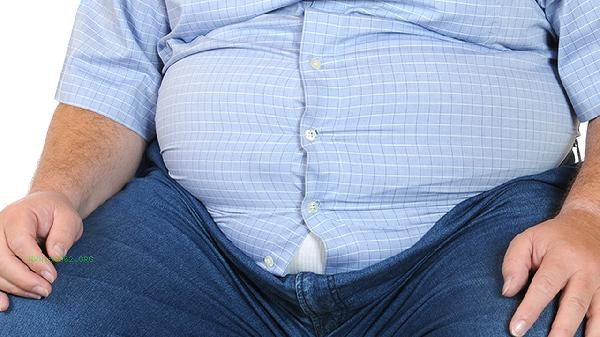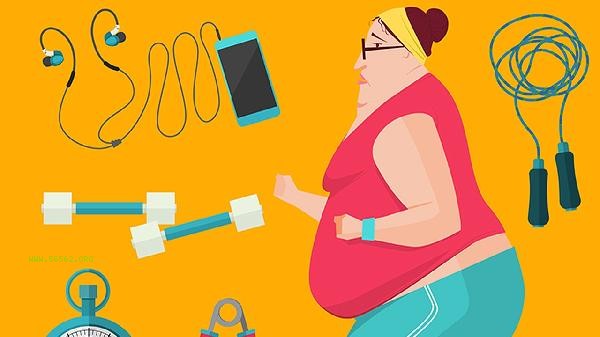The effects of push ups and sit ups on reducing belly fat vary from person to person, and should be selected based on exercise goals and fat distribution characteristics. Push ups mainly indirectly assist in weight loss by strengthening upper limbs and core muscle groups, while sit ups specifically stimulate abdominal muscles but have limited weight loss efficiency.

1. Advantages Comparison
Push ups, as a composite exercise, can activate the pectoral, deltoid, and core muscle groups, improve basal metabolic rate, and long-term adherence can help with whole-body fat consumption, indirectly reducing abdominal fat accumulation. Sit ups directly exercise the rectus abdominis and oblique abdominis muscles, which can enhance the tightness of abdominal muscles. When combined with aerobic exercise, it can improve abdominal lines. Both do not require equipment and are suitable for home practice. Push ups have a more significant effect on improving cardiovascular function, while sit ups are easier to handle and have less pressure on the lumbar spine.

II. Disadvantages Comparison
Push ups have weak targeting for abdominal fat, and it may be difficult to see significant slimming effects when the body fat percentage is high. Sit ups can only locally strengthen muscles, with low calorie consumption per session. If diet is not controlled, it is easy to develop "hidden obesity" where muscles are wrapped in fat. Incorrect posture may lead to injury, such as push ups causing lumbar collapse, which can increase the burden on the lumbar spine, and sit ups for neck compensation, which may cause discomfort in the cervical spine.

To reduce belly fat, a strategy combining whole-body weight loss and local shaping should be adopted. It is recommended to engage in 3-5 aerobic exercises of at least 30 minutes per week, such as jogging or swimming, in combination with alternating exercises of push ups and sit ups. Control the intake of refined carbohydrates in diet, increase high-quality protein and dietary fiber. Pay attention to stretching before and after exercise. When the body fat percentage exceeds 25%, priority should be given to reducing fat before shaping. Postpartum women or patients with lumbar spine diseases need to adjust their movements under the guidance of professionals.






Comments (0)
Leave a Comment
No comments yet
Be the first to share your thoughts!